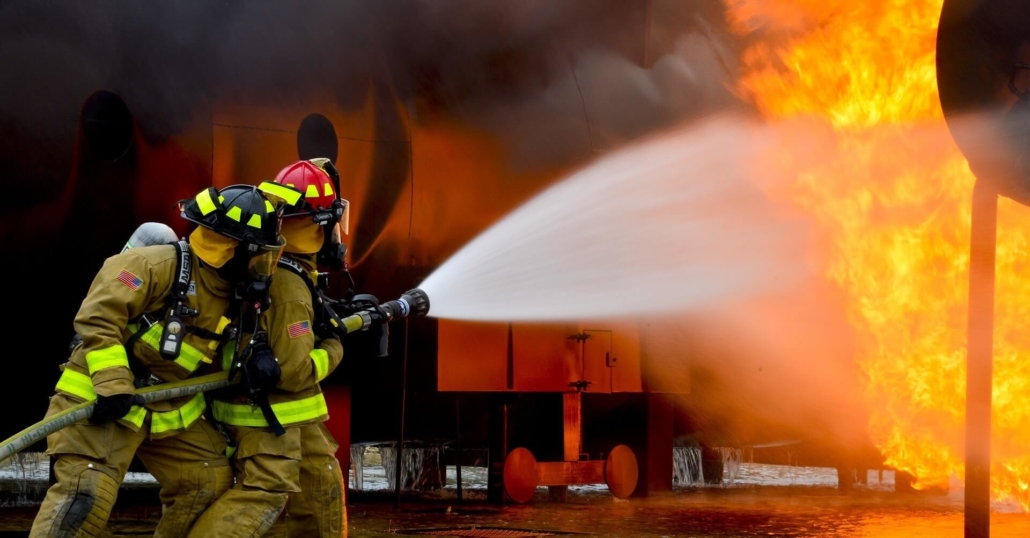Every business in Sydney the protection of fire is not just legally required, it’s essential to keep employees, customers, and property protected. Fires can cause massive losses in a matter of minutes. But, with adequate safety measures put in place, many risk factors can be prevented or reduced. The combination of fire inspections, electrical system testing and tagging, and the compliance with CFSP regulations all contribute to a safer workplace and ensure that businesses are compliant with the Building Code of Australia and local council standards.
Why fire inspections are crucial for safety
Fire inspections are the initial protection against possible dangers. The inspections verify that the fire safety system of an establishment is in good condition and functional. Businesses operating in Sydney must conduct inspections 6 or 12 times every year, depending on the kind of building they are operating as well as the rules of the council. A typical inspection covers everything from fire alarms and sprinkler systems to smoke alarms, hydrants, extinguishers, and emergency lighting.

The reason inspections are so important is their capacity to uncover concealed issues before they turn dangersome. A small fault in a fire hydrant, or the blocked smoke detector could appear insignificant at first however, in the event of an emergency, these flaws can cause death. Regular fire inspections are an effective method for business owners to not only fulfill their compliance obligations as well as protect themselves from unexpected disasters.
Test and Tag Testing and Tag
Electrical systems are one of the leading causes of workplace fires, which is why testing and tagging should always be part of a fire safety plan. It involves checking electrical equipment to ensure they are reliable, safe, and secure. After that an identifiable tag is fixed to the equipment, indicating that it has passed the test. For many businesses it’s more than a routine requirement it is a safeguard against potential risks that are often without being noticed.
Incorrectly checked, worn-out or outdated cables, appliances with faults and wiring that are not updated can quickly lead to dangers to fire. Businesses can lessen the risk of fires by testing regularly and tagging electrical equipment. It also reassures employees that their work environment is secure, thereby fostering confidence and trust in the workplace. When combined with testing, fire inspections and tagging offers a comprehensive safety strategy that minimizes risk across multiple areas.
The function of CFSP to ensure compliance and Certification
In New South Wales, only a Competent Fire Safety Practitioner (CFSP) is able to sign and certify important documents for fire safety, like Annual Fire Safety Statements. Introduction of CFSP certification has raised standards in fire safety, ensuring only professionals are qualified to review and verify the safety. Working with the CFSP assures that reports and inspections are not just paper work, but dependable evaluations conducted by experts.
The role of a CFSP goes beyond the process of checking boxes. They assess the performance and the condition of fire protection systems and provide detailed reports. They also confirm compliance with regulatory requirements. Companies without CFSP certification face the threat of being penalized, having legal issues and even closure if their security measures for fire are judged to be insufficient. By partnering with accredited professionals, you can ensure that fire safety systems are maintained correctly and that compliance obligations are met without unnecessary stress.
Fire Safety: A Lifetime commitment
Fire safety is not something that is only an ongoing obligation for every business owner. The process of ensuring safety will never end with regular checks, testing electrical systems regularly, and then certifying under CFSP supervision. Beyond the legal requirements, this ongoing approach fosters an atmosphere of safety and security in the workplace. Employees feel more confident knowing that there are clear evacuation plans, smoke alarms, emergency lighting, and a fire suppression systems are in place.
Fire safety is a continuous process, not a checklist that businesses have to tick each year. This decreases risks and improves the image of a company. When a business’s culture is one that emphasizes security, clients and customers will be more relaxed. In the long run, proactive protection against fire can save costs by preventing costly damages, fines or legal battles. It also protects every person in the structure.
Conclusion
Sydney fire safety demands an extensive approach that includes testing and inspections for fire and tagging, as well as certification by an CFSP. Each element plays an important role in helping businesses comply with regulations, but more importantly to safeguard property and lives. When safety is a regular element of daily operations instead of an added-on consideration, businesses can are not only able to meet their legal obligations but ensure a safer and robust environment for the future.